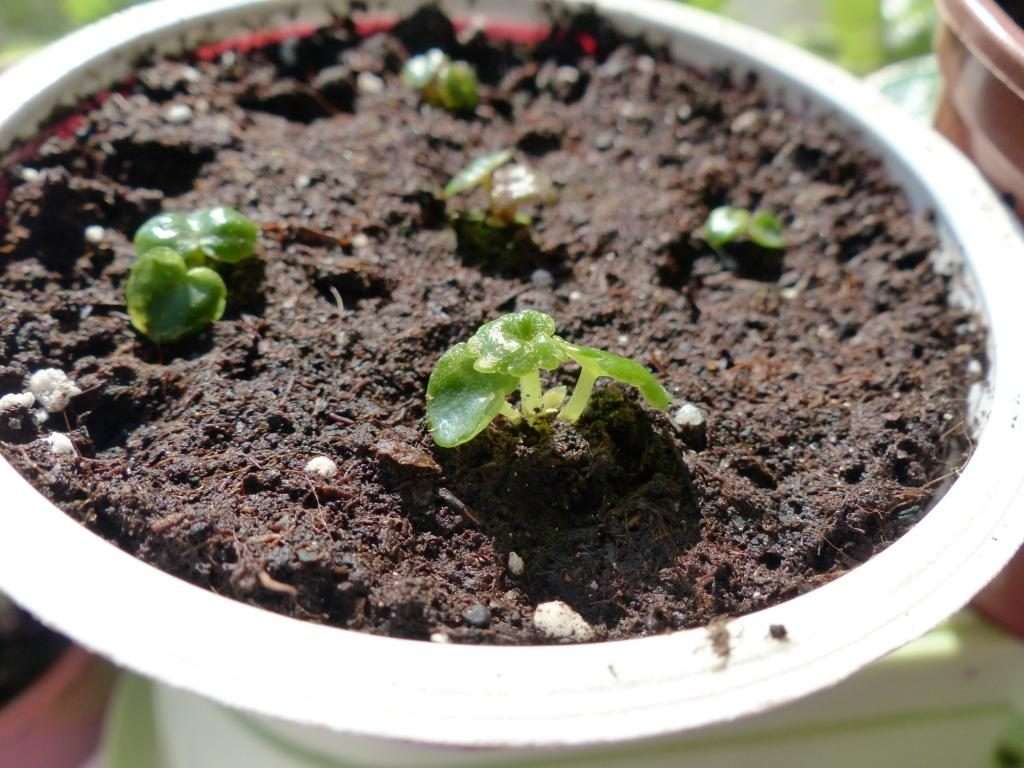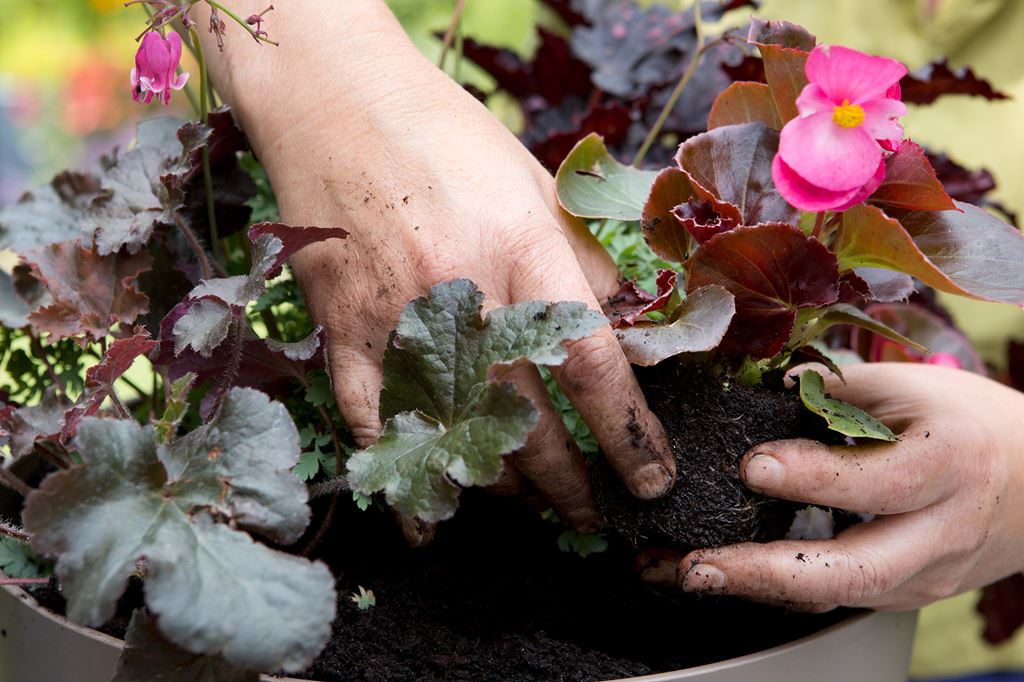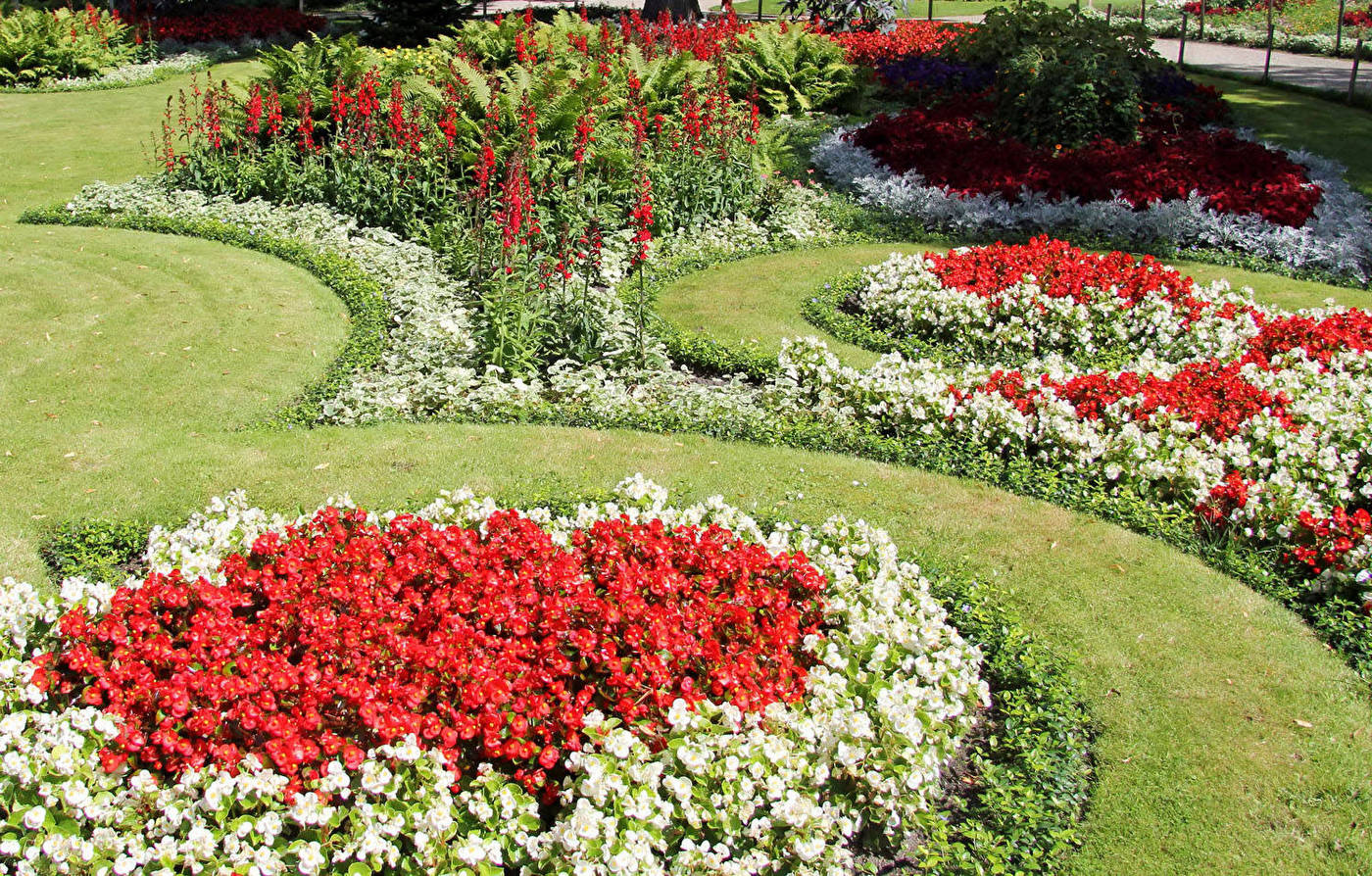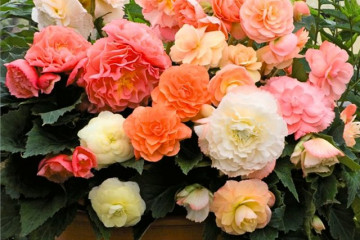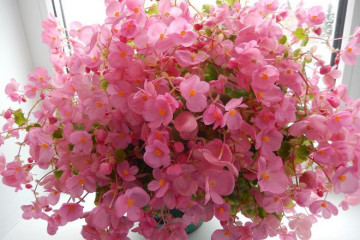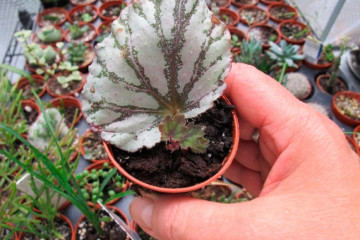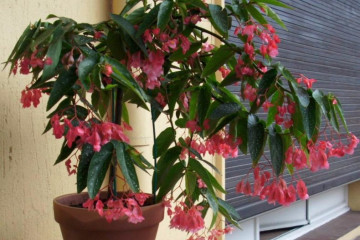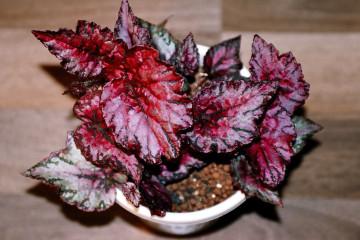Plant begonia ever flowering at home and in the garden
Content:
Due to the variety of varietal color of flowers, ever-flowering begonia is widely used in landscape design. It is used for planting flowers in flower beds, making up compositions in containers. At home, it is also popular because of its lush and long flowering and unpretentious care. It is grown on windows and balconies. The flower got its name because of the "eternal" flowering, which practically does not stop.
General characteristics of ever-flowering begonia
This plant reaches 30 cm in length. Smooth bare stem includes 11 - 13 internodes (segments). On the first 4 - 5 of them leaves grow, on the remaining 7 - 8 flowers develop. Leaves are finely toothed, with petioles, asymmetric. The color of the petals can be from white to bright red. There is a simple or terry corolla shape.
The ever-flowering begonia belongs to the genus Begonia, and it is subdivided into two groups.
Semperflorence
It is characterized by large glossy green or brown foliage with strong stems (up to 35-40 cm in length) and rather large (up to 5 cm in diameter), but less numerous flowers than gracilis.
Representatives of this group:
- Lotto - green, rim size reaches 5 cm;
- The parties are characterized by a varied combination of tones of leaves and flowers; flowers up to 4 cm in diameter;
- Inferno grows up to 50 cm; pink and white flowers;
- Begonia Luchenets is a low-growing early variety, it has white flowers that turn pink towards the edges of the petals.
Gracilis
Differs in green or purple leaves with slight pubescence, fragile shoots. There are many small flowers. Plants 15 - 20 cm.
Representatives:
- Cocktail;
- Olympia - early flowering varieties with dark leaves;
- Erfodia hit;
- Bella Vista - with green shoots;
- Duro - drought-resistant, highly bushy, large flowers.
Features of reproduction at home
Ever-flowering begonia is propagated by seeds, many people prefer to cut it.
Seed propagation
Favorable time for sowing is the last days of December to the beginning of March. Seeds are sown on the surface of the soil without burying them. Then the container is sprayed with a spray bottle and covered with glass or transparent polyethylene. The containers are placed in a bright place, not forgetting to shade in the strong sun.
The germination temperature is maintained at 20 - 22 ° C. During germination, the containers should be ventilated for about an hour every day. This will help prevent mold and blacklegs. So that the fungus does not appear, before planting the seeds, the ground is shed with a 0.1% solution of foundationol or 0.1% potassium permanganate.
When the seeds sprout, lower the temperature to 17 ° C. With three true leaves, the seedlings dive.
Propagation by cuttings
To propagate begonia by cuttings, cut in early spring from healthy plants. For this, the apical shoots with several internodes are selected. Leaves are removed from the bottom of the cuttings. The cut tops are placed in water or peat soil.
For better rooting, you can process the sections with a root former. It can be bought in specialized stores and used according to the instructions.Cutting is a good way to get some plants quickly.
Features of planting at home in pots
Ever-flowering begonias take root quite easily after planting. Special attention is paid to the leaves because they are brittle. The planting container should be 3-4 cm in diameter larger than the previous one.
Better to transplant in ceramic pots. Ceramics are in contact with the environment and allow moisture and air to pass through. It also has good thermal insulation. It is especially needed with a cold windowsill in winter and sun on the south window in summer.
A pot transfer is required when roots emerge from the drainage holes. Most often, landing is carried out by transshipment:
- Prepare a new pot.
- Pour drainage on the bottom.
- Put a small layer of soil on the drain
- Get the plant out of the old container and shake off the old soil a little. Spread out the roots carefully, being careful not to disturb the common root ball.
- Place in a new pot and cover with fresh soil, compacting the soil a little.
- Shed well, spray the plant. Cover with a plastic bag overnight.
If the land is old, you need to replace it completely. To do this, remove the root ball from the pot and place it in a bowl of room temperature water. After a while, you can carefully spread the roots, washing out the soil between them. Diseased and damaged roots should be removed. When planting in a pot, the plant is held at the height at which it will be. The gaps are covered with earth, slightly compacted, and watered.
Basic rules for home care
Planting and caring for ever-flowering begonias does not require much trouble, but for proper development and lush flowering, the following conditions must be observed:
- This home flower does not like too bright lighting, so it is better to put it on the east or west window. In the sunshine on the south window, begonias are shaded. If the flower is in the back of the room, then additional lighting is recommended.
- The soil needs nutritious, loose, rich, neutral or slightly acidic. Soil composition: turf soil (2 parts), leafy soil, peat and sand (1 part each). In specialized stores you can buy ready-made soil "Begonia".
- Watering is moderate, but care must be taken that the soil does not dry out completely. If the air at home is warm and dry, then you can spray in the morning or evening.
- The temperature in winter is 18 - 20 ° С, in summer - about 25 ° С. When home conditions in winter do not allow to lower the temperature to the desired one, then additional lighting is provided.
If ever-flowering begonia is brought home from the street in the fall, then you need to cut off long shoots. It will bloom in the spring. In winter, they are fed monthly with mineral fertilizers. In the summer, complex fertilizing for flowering plants is used once every two weeks.
Is it possible to keep in the open field
Ever-flowering begonia is often used in outdoor landscaping - in flower beds and in containers. In warm regions, this is evergreen begonia - a perennial. In temperate climates, it is grown like an annual.
It is recommended to plant seedlings outside after all frosts. In May, you can take the seedling containers into the greenhouse. During the day, in warm weather, the plants are opened slightly for hardening.
7-10 days before transplanting into open ground, begonia is fertilized with potassium phosphate 5 g per bucket of water. After disembarkation, it can be treated with epin or zircon.
Plants on the street must be weeded, loosened or mulched, watered and fed. For mulch, leaf compost, humus or peat are used. They are fed with complex fertilizers.
In the fall, healthy, strong begonias are transplanted into pots and taken home from the garden. When the plants adapt indoors, they will bloom again.
Ever-flowering begonia grows well both in the room and in the garden. It is easy to grow for beginners and interesting to collect in a collection for experienced flower growers.

